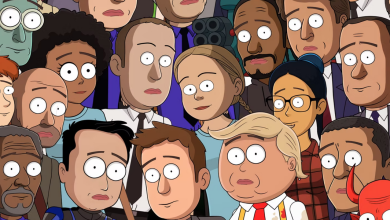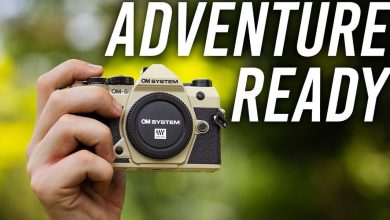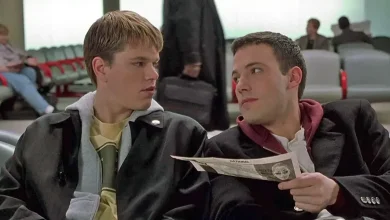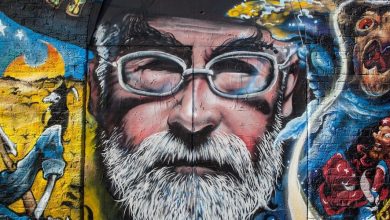Why AI Won’t Take Over Hollywood Anytime Soon – A Harsh Reality
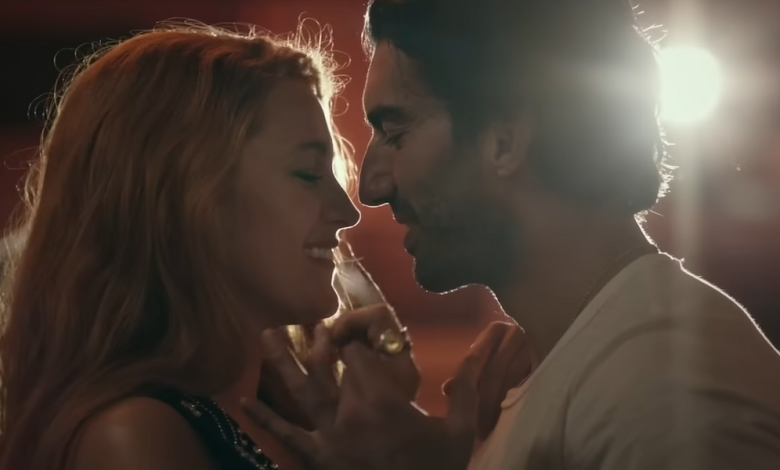
Why AI Won’t Take Over Hollywood Anytime Soon – A Harsh Reality
AI in Hollywood is making waves with every new update, especially after Google Veo’s recent releases. The visuals are impressive, and prompting seems easier—but that’s not enough. The reality? Artificial intelligence is nowhere near ready to replace the film industry as we know it.
If AI was truly built for Hollywood, companies would have invested in processing full-length screenplays, understanding sluglines, and converting them into cinematic scenes. That’s not what’s happening. Instead, creators are stuck crafting prompts, hoping to get minimal character consistency in short clips.
Sure, AI can de-age actors, generate digital extras, or help enhance visual effects, but it falls short of disrupting storytelling. The one thing that could shake up Hollywood—automated script-to-screen video creation—is not within reach.
I’ve seen some striking visuals. But I’m equally frustrated by AI’s inefficiency. If you’ve tried any of these video generators, you know how hard it is to maintain consistent angles, realistic motion, or character fidelity. These are crucial elements in storytelling.
AI in Hollywood also lacks scalability. Small tweaks require hours, and that time could be better spent filming with real actors and cameras. It’s a myth that it’s faster or cheaper. In fact, one person scripting prompts for an entire sequence is the opposite of efficiency.
Until a day comes where I can upload a full screenplay and instantly get a cohesive visual product, this feels more like a gimmick than a revolution.
The Reality of AI in Film Production
AI can support camera departments, enhance post-production, and generate basic VFX. But every output still needs human review. No matter how smart the algorithm is, you still need editors, cinematographers, and directors to ensure tonal and narrative consistency.
Critics argue we’re close to a breakthrough. They predict one-person film teams empowered by AI. But based on the current tools, that’s overly optimistic.
Take “Sinners”, the unexpected box office hit. Could AI have predicted that? Could it have written or directed it? Definitely not.
See More ...
Who’s Really Using AI Right Now?
Let’s be real. AI is already integrated into script analysis, concept art, storyboarding, editing, sound, and more. I used it to generate this very list. But when it comes to greenlighting films? That still relies on human intuition, taste, and perception.
Studios greenlight content based on cultural awareness and emotional engagement—areas where AI still lacks.
Tools for script breakdown and pre-visualization are emerging, yes. But we’re still decades away from seamless integration across full production pipelines.
And don’t forget legalities. AI is trained on massive data—often scraped from the web without consent. Lawsuits and regulations are inevitable and will slow down the adoption curve.
So when someone tells you that AI is taking over Hollywood, they’re talking hypotheticals. Walk onto any film set today, and you’ll still find humans doing the heavy lifting.
Final Thoughts on AI in Hollywood
AI in Hollywood is still a conversation starter at awkward parties and a convenient sci-fi villain. It’s a tool—one that needs supervision, tweaking, and, most of all, human creativity to work properly.
We’ll continue to see advancements. But for now? It’s not replacing writers, directors, or editors. Not even close.
